|
Author
|
Topic: ID? Cylindrical Satellite from 1967
|
Jurvetson
Member Posts: 154
From: Los Altos an SF, CA, United States
Registered: Sep 2011
|
 posted 03-26-2023 05:49 PM
posted 03-26-2023 05:49 PM
   
Solar Panel made by Philco-Ford, with Spectrolab cells. Any idea what program this might have been for? Thanks!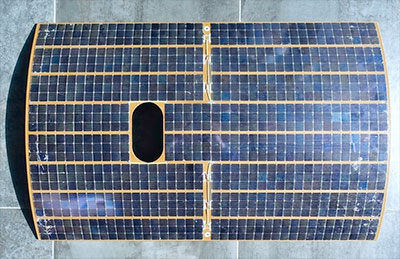 Reverse side: 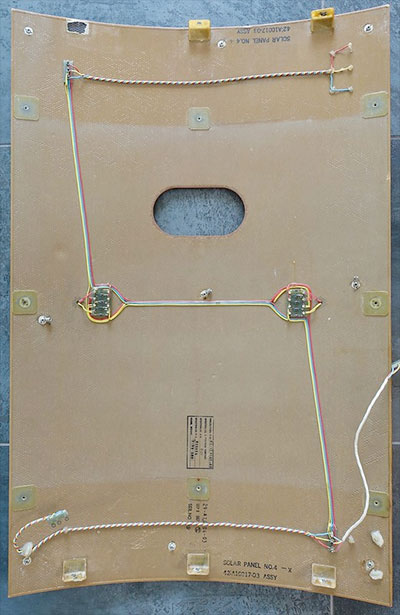 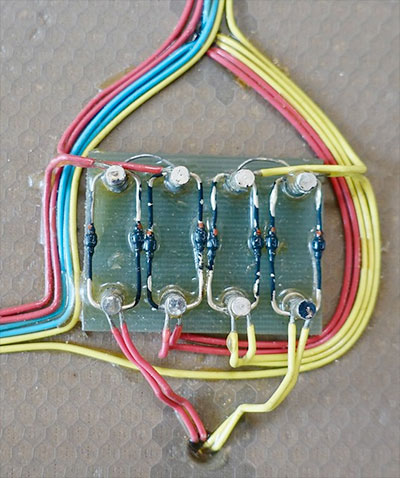
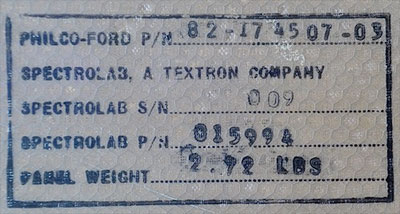
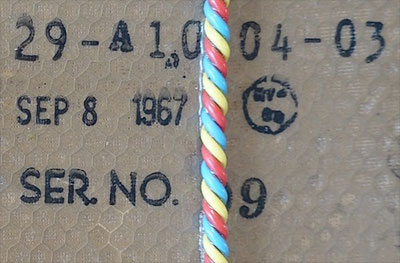

|
Ken Havekotte
Member Posts: 3597
From: Merritt Island, Florida, Brevard
Registered: Mar 2001
|
 posted 03-26-2023 06:59 PM
posted 03-26-2023 06:59 PM
   
Spectrolab is an aerospace pioneer company that provides solar cells since the late 1950's working with Philco-Ford on some solar panel satellite programs.As you probably already know, Steve, it was a Spectrolab product during Apollo 11 that put the first solar powered panel on the moon. To maybe help answer your question, the solar cell panel section depicted might resemble an American military IDCSP communications satellite, which stands for "Initial Defense Communications Satellite Program," that provided our nation's first geosynchrous orbit communications system from 1966-68 after a series of Air Force Titan IIIC launches from the Cape (ETR).
|
Jurvetson
Member Posts: 154
From: Los Altos an SF, CA, United States
Registered: Sep 2011
|
 posted 03-27-2023 11:07 AM
posted 03-27-2023 11:07 AM
   
Thanks Ken! I was wondering about that one, as the supply relationship and year match up... but I have only seen diagrams that show it with flat panels on all sides. |
Jim Behling
Member Posts: 1779
From: Cape Canaveral, FL
Registered: Mar 2010
|
 posted 03-27-2023 11:18 AM
posted 03-27-2023 11:18 AM
   
SMS 1&2 and GOES 1-3. |
SpaceAholic
Member Posts: 5233
From: Sierra Vista, Arizona
Registered: Nov 1999
|
 posted 03-27-2023 12:17 PM
posted 03-27-2023 12:17 PM
   
Establish the radius (radius = ½ (rise² + ¼ chord²) / rise)Use the radius to determine spacecraft diameter, circumference and number of panels that would have been applied to the satellite bus. That should further narrow application. Have fun. |
Jurvetson
Member Posts: 154
From: Los Altos an SF, CA, United States
Registered: Sep 2011
|
 posted 03-27-2023 01:17 PM
posted 03-27-2023 01:17 PM
   
Great idea. 2.25" rise by 21" chord, so 26" radius or approx 52" diameter (calculator here). And while SMS/GOES looks like a visual match and is made by Philco-Ford, it was 75" diameter. |
Jurvetson
Member Posts: 154
From: Los Altos an SF, CA, United States
Registered: Sep 2011
|
 posted 03-27-2023 01:38 PM
posted 03-27-2023 01:38 PM
   
Boom! Flickr found it. Skynet 1A. Panel is a perfect match (left side): 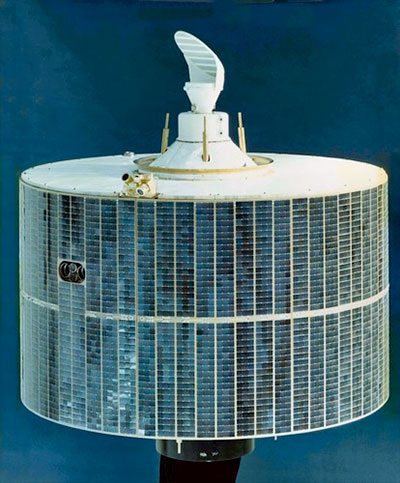 54" diameter. Build by Philco-Ford. 1969 launch date. The OG Skynet... so cool! |
Ken Havekotte
Member Posts: 3597
From: Merritt Island, Florida, Brevard
Registered: Mar 2001
|
 posted 03-27-2023 03:07 PM
posted 03-27-2023 03:07 PM
   
Very good Steve with excellent measurements and calculation work suggested by Scott. Well done! |


















